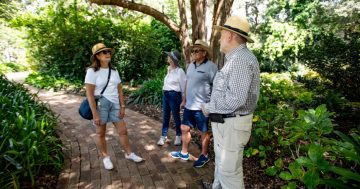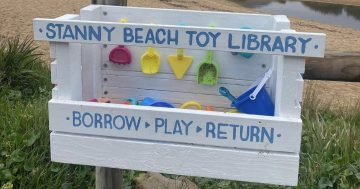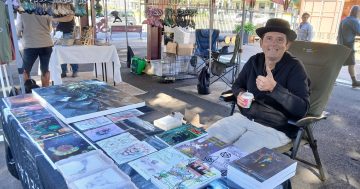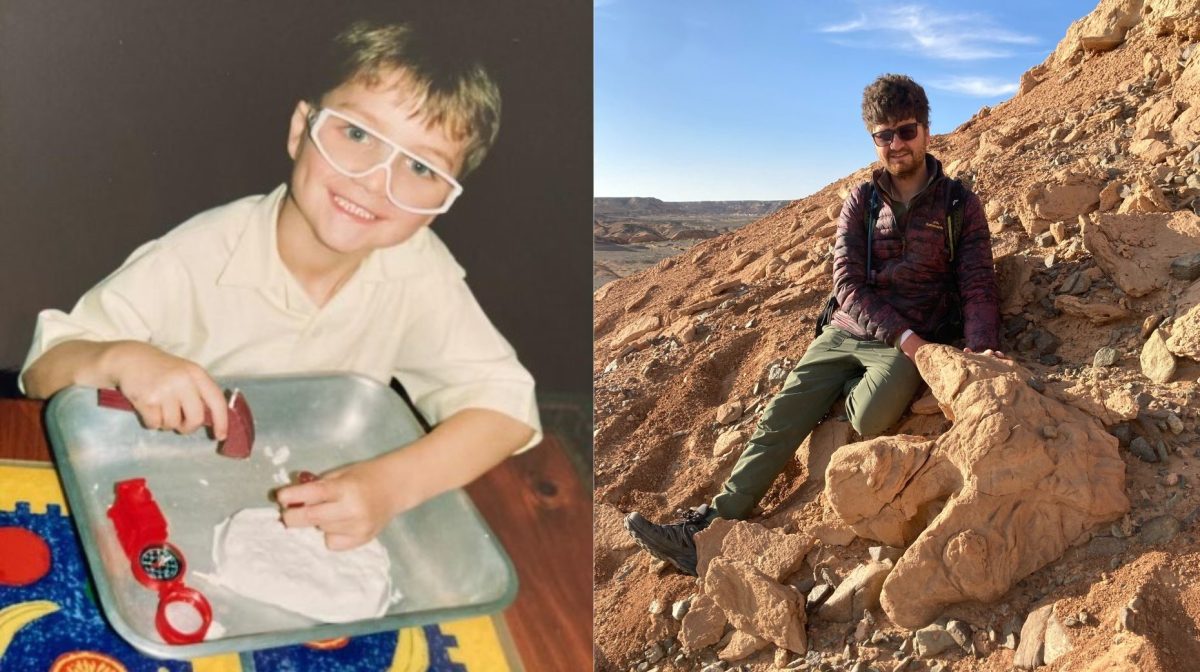
Nathan Enriquez has been passionate about dinosaurs since he was three. He has travelled the world to discover rare bones. Photos: Supplied.
A PhD student from Stanwell Park who is pursuing his lifelong passion for palaeontology has been part of a world-class team undertaking an incredible mission in Mongolia to retrieve dinosaur bones buried within a cliff in the Gobi Desert.
Nathan Enriquez has been interested in dinosaurs as long as he can recall but it quickly became more than just a little kid’s obsession.
“I started watching documentaries, playing with toys, reading books; some of my earliest books are dinosaur picture books,” he said. “From there it just kind of evolved over time and I never really lost that interest.”
His parents, Ray and Jennifer Enriquez, said they first noticed his passion when he was just three years old.
“All kids like dinosaurs so there’s nothing unusual about that but he kept going back,” Ray said.
“In Kindergarten and first class he was spelling out Diplodocus, Stegosaurus, Tyrannosaurus while all the kids were learning to spell cat, dog and train.”
They were regular visitors at the Australian Museum but it was a school excursion to the ACT that ignited his love for fossils even further.
“He was aged 10 when he bought his first fossil and that was on an excursion with primary school to the National Dinosaur Museum in Canberra,” Jennifer said. “From then on he was hooked and any birthday money after that went to buying fossils.”
And he even went searching for his own.
“I always wanted to find my own fossils, even when I was a young kid,” Nathan said. “So growing up in the Illawarra area there’s some nice spots on the coast where you can find things like shells and plants and I started off collecting at spots like Wollongong Lighthouse and further south at Ulladulla.”
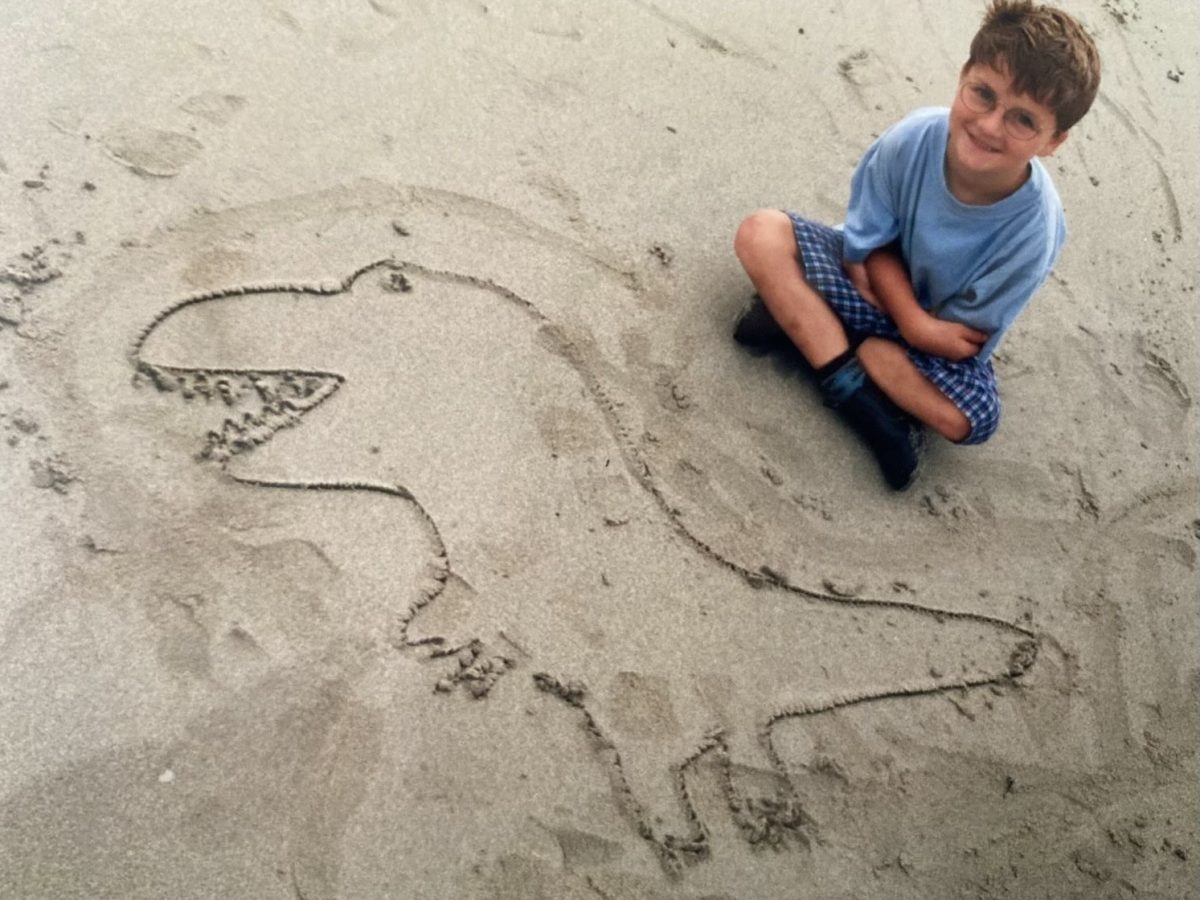
As a young kid, Nathan’s passion for dinosaurs never faded.
This expanded to international trips when he finished high school.
“I first started collecting dinosaurs in England and that was my end of high school trip that I did at the end of 2013,” he said. “My ‘schoolies’ was travelling to England to look for fossils with my family basically.”
After graduating from Wollongong High School, Nathan went on to study at Macquarie University and then the University of New England in Armidale for his Masters and now his PhD.
“Anyone that knew him growing up knew how one-eyed, dedicated and passionate he was,” Jennifer said.
“I remember him saying, ‘I won’t make any money Mum, but I’ll be happy’ and that’s the main thing.”
Throughout, he has had opportunities to connect with veterans of the field and even travel internationally to places like Canada.
But no trip has been quite as significant as when he was invited to the Gobi Desert.
“My supervisor Phil Bell was invited by his former supervisor Phil Currie to do a dig in Mongolia and there was additional funding for Australian students and he asked me if I wanted to go along.
“I was extremely surprised; I just couldn’t believe it,” he said.
The aim of the trip was to retrieve more bones from a long-necked herbivorous dinosaur called Nemegtosaurus which was buried deep within a cliff, with the hope of learning more about its anatomy and comparing it to a similar sauropod dinosaur which had been found in the same area.
“The skull was originally collected in the 1960s by a Polish team but that was all they collected at that time and the rest of the skeleton was kind of in the cliff so they just left it behind,” Nathan said.
“For several decades after that the location of the site was actually lost and so it’s only relatively recently, in 2016, that a colleague of ours stumbled across the original site just by chance and realised what it was.”
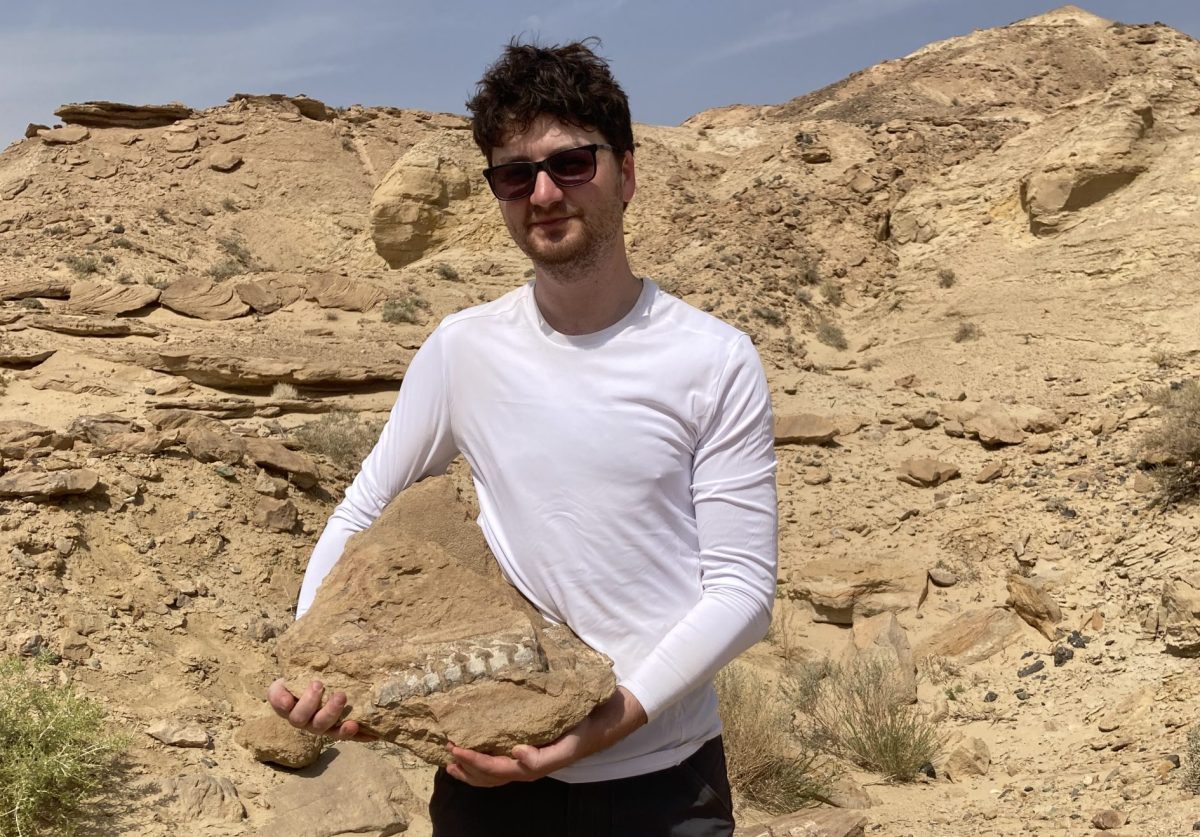
Nathan was part of a team that retrieved leg bones of a rare dinosaur in Mongolia.
Nathan’s involvement was made possible by Australian businessmen Graham Porter and Clint Coker who helped fund the lifechanging trip.
But it was far from the gentle dusting you see in Jurassic Park.
“When we first got there we started on the top of the 6-metre cliff with jackhammers, picks and shovels, essentially just jackhammering layer by layer working our way down to the rock layers beneath it,” Nathan said.
“That took about seven days, so a solid week of jackhammering just to reach the right level and then we could actually remove the bones themselves.”
The trip allowed him to make industry connections, but none was more exciting than the opportunity to work alongside his childhood idol Phil Currie.
“I’d been watching him in documentaries since I was very young, so to actually meet him and work with him digging up dinosaurs was kind of a surreal thing that I never thought would happen,” Nathan said.
Being involved in such an important dig has inspired Nathan to continue pursuing his passion as he tackles his final year of his PhD.
“It’s kind of opened my horizons to how much is out there and how much there is still to be found even in these areas that have been explored for decades, there’s still exciting new things coming out every single year.
“It’s just made me more ambitious to get out there and collect as much as I can.”
And while he has a tough year ahead of him, there are sure to be plenty more opportunities to come as Nathan enters the unique industry.
“I’m pretty much open to anything at this point within palaeontology, whether that’s research, teaching, a curatorial role at a museum or university, collection or anything like that,” he said.
“I just love working with fossils and I want to keep doing that as much as I can moving forward.”








